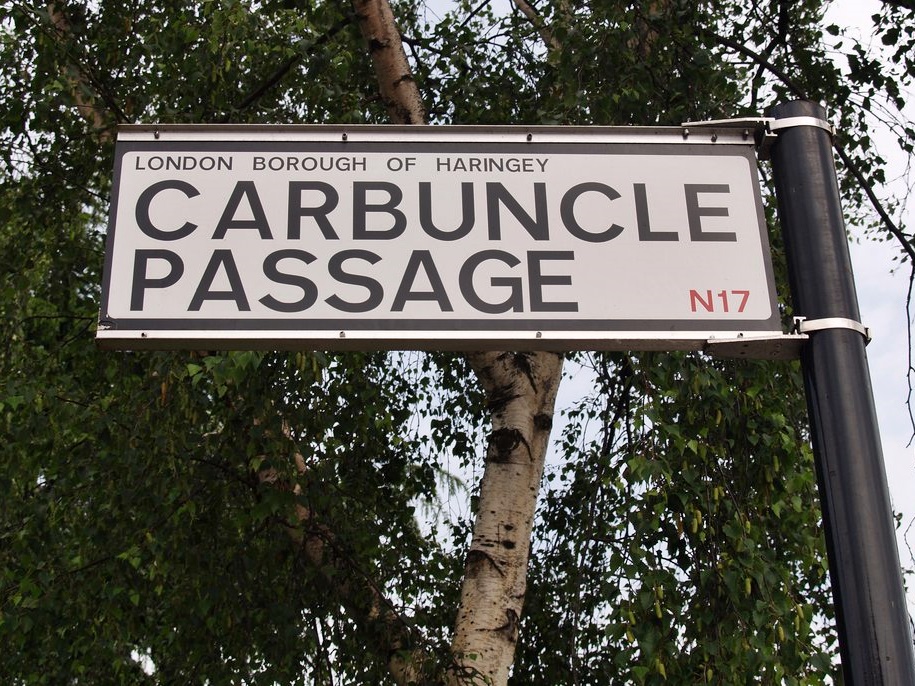I've often wondered how service recovery is possible on very frequent services like this. Everything cannot terminate at Seven Sisters. If some do but others don't, the trains will be in the wrong order which could get very messy in the peaks when drivers step back.
Every line deals with service recovery differently, as suits the nature of the line, scheduled train frequency and availability of drivers. Things like the time of day will also influence the decisions that are made by service control.
On lines like the Victoria, recovery will generally happen via reformation - the physical trains will still run end to end, possibly with a few additional Sisters, Cross or Victoria reversers, but at crew relief locations will have a fresh driver put on to make the train on time - e.g train 1 may become train 5, etc. This obviously isn’t always possible, but is a good example of why the working timetable is ultimately irrelevant to the general public, provided that headways are being managed.
The Vic is also far more likely to abandon the WTT and move to a ‘special’ timetable, signified by 00x/0xx running numbers, than other lines. Again this has the benefit of best utilising trains and drivers, and makes it easier to manage driving parameters and later reformation to ensure stock balance, last trains and other things again most will never notice but are priorities for service control!
The Picc conversely is a lot harder to get back on time - it’s a long line with only limited bolt holes and reversal points, and drivers are typically based at each end. Disruption never happens when most convenient either, so you can guarantee that most of your drivers will be at the ‘wrong’ end of the line and limit your options. Other long lines like the District, Central and Met tend to have a bit more flexibility in this respect, although it will never be totally infallible.



